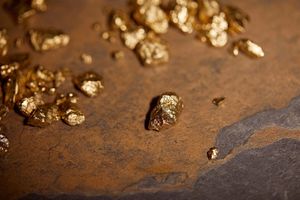Knitted hats are a common headwear used for warmth and style. They are practical and fashionable, often chosen to protect the head during winter or outdoor activities, providing warmth and comfort. The manufacturing process in a knitted hat factory involves several stages, including design, fabric preparation, knitting, sewing, ironing, and packaging. Here’s a detailed look at the process.
Design
The first step in the manufacturing process of knitted hats is design. Designers create innovative and vibrant knitted hat samples based on market demand and fashion trends. They consider factors such as the hat’s size, shape, pattern, color, and the appropriate fabric and knitting techniques. Designers also communicate with the sales department and customers to determine the design samples based on market and customer needs.
Fabric Preparation
Fabric preparation is a crucial stage in the manufacturing process. The factory selects suitable fabrics to make the knitted hats based on the design requirements. Common fabrics include wool, cashmere, cotton, polyester, and spandex. Different fabrics have different warmth performance, feel, and breathability, and the appropriate fabric is chosen based on these factors. The fabric also undergoes inspection, cutting, and pre-treatment to ensure its quality and performance.
Knitting
Knitting is the core stage in making knitted hats. The factory chooses the appropriate knitting machine based on the design requirements and fabric characteristics. Common knitting machines include manual knitting machines, electric knitting machines, and fully automatic knitting machines. During knitting, the machine’s parameters and programs are set based on the design requirements and hat size. The knitting tension, density, elasticity, and stitch details are strictly controlled to ensure the hat’s quality and appearance.
Sewing
Sewing is the stage where the knitted products are integrated and trimmed. During sewing, the hat’s edges, trims, and folds are cut, aligned, and sewn to ensure the hat’s overall appearance and structural stability. The hat’s brim, crown, and top are also processed, decorative elements and labels are added, and reinforcement and ironing processes are carried out to complete the hat’s overall production.
Ironing
Ironing is an important stage in making knitted hats. Ironing involves using heat pressing and steam treatment to roll and flatten the hat, making its appearance more beautiful and neat. Ironing can also make the hat fit the head better and improve its warmth performance. During ironing, different ironing treatments, such as dry heat ironing and wet heat ironing, are carried out based on the hat’s material and structure to ensure the hat’s quality and effect.
In conclusion, the manufacturing process of knitted hats is a complex and meticulous process that requires careful consideration of design, material selection, knitting techniques, and finishing processes to produce high-quality, fashionable, and comfortable hats.

Media Contact
Company Name: PROMO - US
Email: Send Email
Country: China
Website: https://www.popsportswears.com/





